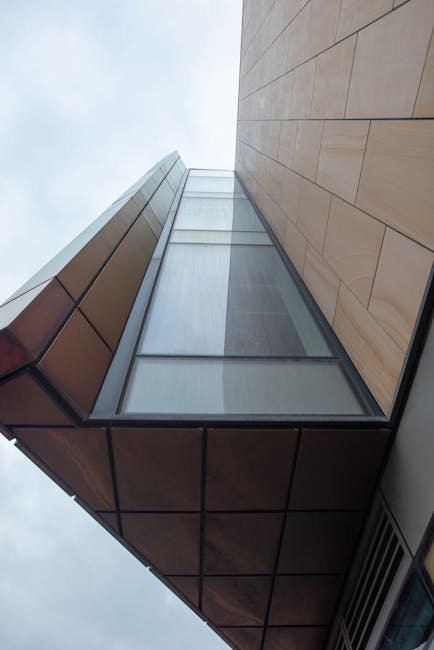Revitalized West Bank Building Opens as Co-working Space in 2025
A newly renovated 114-year-old building on the West Bank of New Orleans has opened its doors as a modern co-working space, signaling a potential shift in the area’s economic landscape. The revitalization project, completed in 2025, represents a significant investment in the historically underutilized neighborhood. The space offers a blend of traditional charm and contemporary amenities, attracting entrepreneurs and remote workers alike. This development adds to the growing interest in alternative workspaces and highlights the potential for adaptive reuse in older buildings.
Economic Impact and Community Revitalization
The opening of the co-working space has generated considerable buzz within the local community and signifies a broader trend of revitalization efforts on the West Bank. The project created numerous jobs during the construction phase and continues to provide employment opportunities through ongoing management and support services. This injection of economic activity could potentially stimulate further investment in the area, attracting additional businesses and residents. The renovated building serves as a symbol of hope for the West Bank’s continued growth and development.
Local Business Growth and Attraction
The new co-working space is anticipated to attract a diverse range of businesses, fostering collaboration and innovation. This collaborative environment is expected to stimulate the growth of smaller startups and freelancers, bolstering the overall economic vitality of the region. The provision of high-speed internet access, modern amenities, and networking opportunities makes the space attractive to both established businesses seeking expansion and new entrepreneurs launching their ventures. The influx of professionals could also increase demand for local goods and services.
Adaptive Reuse and Urban Development Trends
The transformation of the historic building into a co-working space reflects a growing trend in urban development: adaptive reuse of older structures. This approach not only preserves architectural heritage but also provides a sustainable and cost-effective solution for meeting modern workspace demands. The project showcases the potential for repurposing existing buildings, reducing the need for new construction and minimizing environmental impact. The success of this project could encourage similar initiatives in other areas with aging infrastructure.
Sustainability and Environmental Considerations
The renovation project prioritized sustainability, incorporating energy-efficient technologies and environmentally friendly materials. This commitment to green building practices demonstrates a growing awareness of the importance of environmentally responsible development. The adoption of sustainable building techniques not only reduces the environmental footprint of the project but also aligns with the growing demand for eco-conscious workplaces. The project serves as a model for future urban renewal projects focusing on environmental responsibility.
Challenges and Future Outlook
While the opening of the co-working space marks a significant achievement, challenges remain. Ensuring long-term economic viability depends on attracting and retaining tenants. The space’s success hinges on its ability to meet the evolving needs of its clientele and remain competitive in the wider market. Competition from other co-working spaces in the city and potential economic downturns represent risks that need careful management.
Key Challenges and Opportunities
- Competition: Existing co-working spaces in other parts of New Orleans present competition.
- Tenant Retention: Maintaining occupancy rates is crucial for long-term financial sustainability.
- Economic Volatility: Economic downturns could impact demand for co-working spaces.
- Infrastructure Improvements: Improving surrounding infrastructure is vital for long-term success.
- Community Engagement: Fostering strong relationships with the local community is essential.
Broader Implications and Future Impact
The success of this project could serve as a catalyst for further redevelopment on the West Bank. It demonstrates the potential for attracting investment and stimulating economic growth in historically underutilized areas. This model of adaptive reuse could inspire similar projects, revitalizing other aging buildings and contributing to the overall revitalization of the neighborhood. The long-term impact will depend on factors such as sustained economic growth and continued investment in the area.
The project’s success is closely tied to the overall health of the New Orleans economy. Factors such as tourism trends, population growth, and the overall business climate will all influence the space’s long-term viability. The project’s success will likely be monitored closely by developers and policymakers as a case study for urban renewal and economic development. The creation of such a successful business model is likely to influence development strategies across the city.







